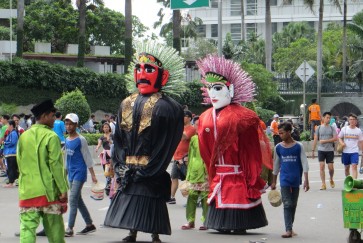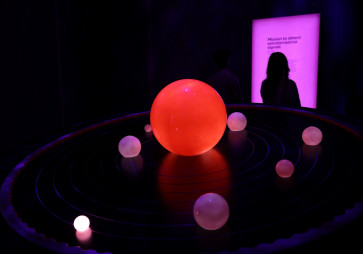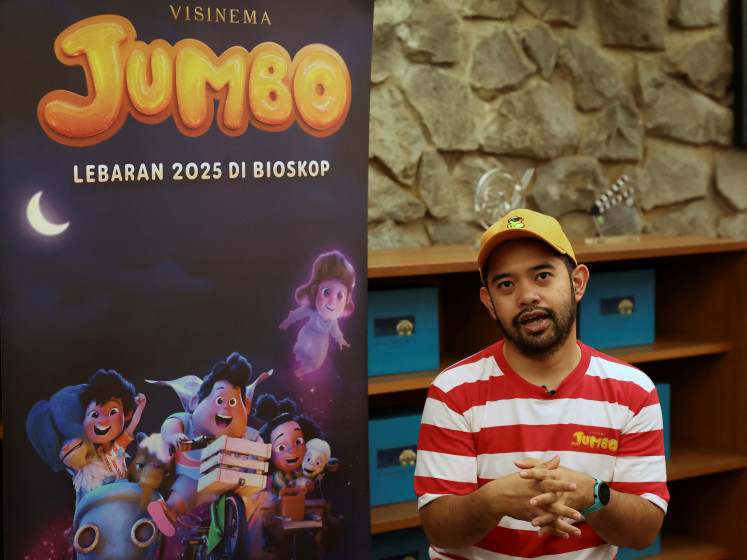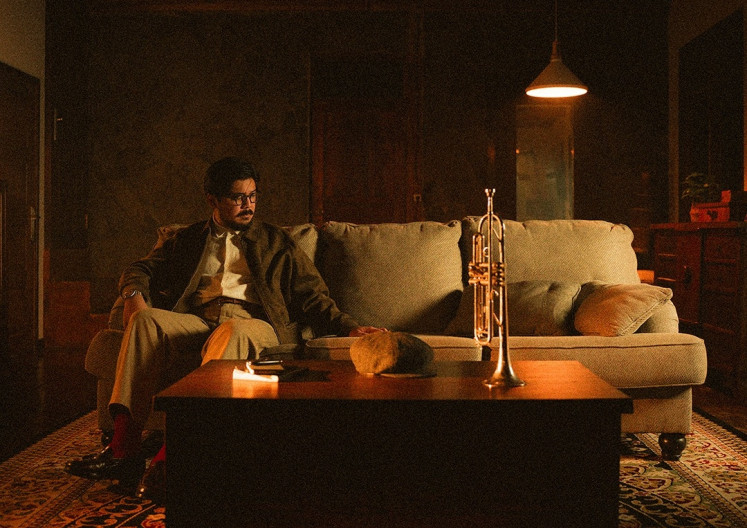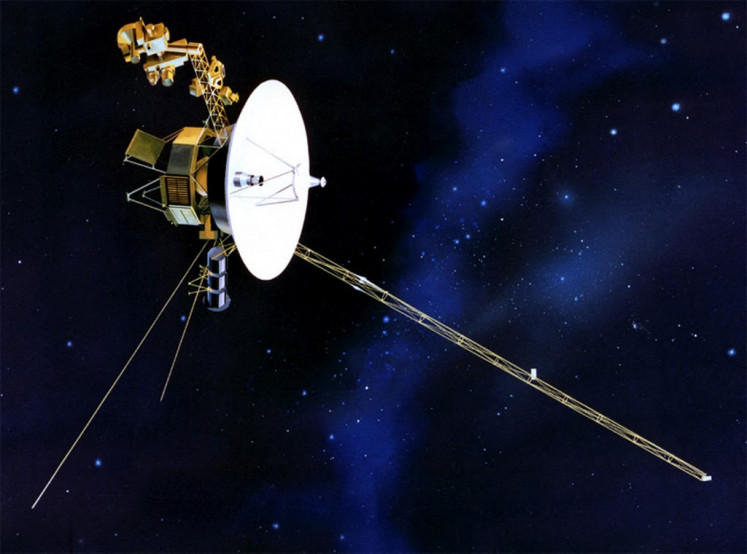Scientist superstar Katie Bouman designed algorithm for black hole image
Change text size
Gift Premium Articles
to Anyone
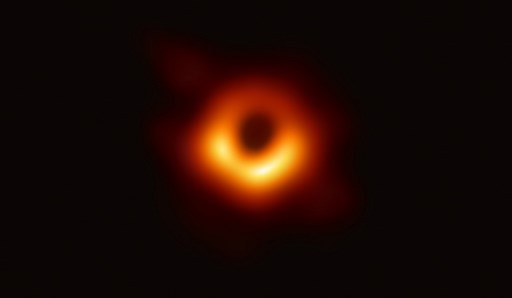 A handout photo provided by the European Southern Observatory on April 10, 2019 shows the first photograph of a black hole and its fiery halo, released by Event Horizon Telescope astronomers (EHT), which is the (AFP/European Southern Observatory)
A handout photo provided by the European Southern Observatory on April 10, 2019 shows the first photograph of a black hole and its fiery halo, released by Event Horizon Telescope astronomers (EHT), which is the (AFP/European Southern Observatory)
A
nonymous to the public just days ago, a US computer scientist named Katie Bouman has become an overnight sensation due to her role in developing a computer algorithm that allowed researchers to take the world's first image of a black hole.
"I'm so excited that we finally get to share what we have been working on for the past year!" the 29 year-old Bouman, a postdoctoral researcher at the Harvard-Smithsonian Center for Astrophysics, gushed on her Facebook account Wednesday after the image was published.
The term "black hole" refers to a point in space where matter is so compressed that it creates a gravity field from which even light cannot escape. The massive black hole in the photo released Wednesday is 50 million light years away at the center of a galaxy known as M87.
While the existence of black holes have been long known, the phenomenon proved impossible to witness.
In 2016, Bouman developed an algorithm named CHIRP to sift through a true mountain of data gathered by the Event Horizon Telescope project from telescopes around the world to create an image.
The volume of data -- four petabytes (4 million billion bytes) -- was contained in a mountain of computer hard drives weighing several hundred pounds that had to be physically transported to the Haystack Observatory in Westford, Massachusetts, operated by the Massachusetts Institute of Technology (MIT).
To guarantee the accuracy of the image, the Harvard-Smithsonian Astrophysics Center, operated by Harvard University, gave the data to four different teams. Each team independently used the algorithm to obtain an image.
After a month of work, the four groups presented their results to the other teams.
I hope more young girls pursue career in STEM (Science, Technology, Engineering, Math), not just beauty vloggers.
How to take a picture of a black hole (Katie Bouman | TEDxBeaconStreet) https://t.co/5Zv12V4TMU via @TEDTalks
— Henry Manampiring (@newsplatter) April 11, 2019
Read also: Black hole, flat earth and our petty quibble
"That was the happiest moment I've ever had [when] I saw all the other teams had images that were very similar, with the lower half brighter than the top half. It was amazing to see everyone got that," Bouman told The Wall Street Journal.
"No one algorithm or person made this image," wrote Bouman, who in the fall will begin work as an assistant professor at the California Institute of Technology (Cal Tech).
"It required the amazing talent of a team of scientists from around the globe and years of hard work to develop the instrument, data processing, imaging methods, and analysis techniques that were necessary to pull off this seemingly impossible feat," she said on Facebook.
"It has been truly an honor, and I am so lucky to have had the opportunity to work with you all."

